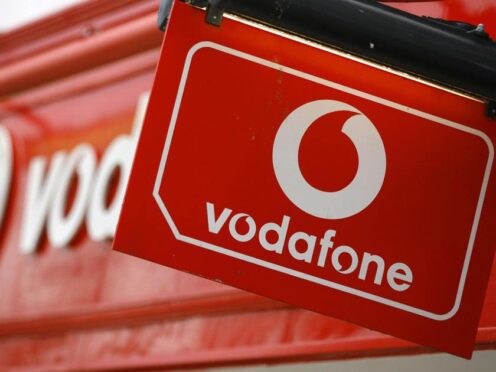
The planned £15 billion mega-merger of UK mobile networks Vodafone and Three is to face an in-depth investigation by the competition watchdog amid concerns over the impact of the deal.
The Competition and Markets Authority (CMA) confirmed it will launch a so-called Phase 2 probe after both firms told the regulator they would not be offering measures to ease its concerns ahead of the deadline.
The CMA said last month that the tie-up could have a “substantial” impact on competition, warning it may lead to higher prices and reduced quality.
It gave the companies until April 2 to address its concerns.
We’ve referred the proposed deal between Vodafone and Three for an in-depth investigation.
Read more: https://t.co/0GLhDIqbGE#MergerControl #CompetitionLaw pic.twitter.com/Y7qk7aWBIP
— Competition & Markets Authority (@CMAgovUK) April 4, 2024
Vodafone and Three first announced the mammoth merger last summer in a move that would create the UK’s largest mobile phone network.
Under the deal, FTSE 100-listed Vodafone and Three owner CK Hutchison will combine their UK operations, forming a business with about 27 million customers and more than 11,500 staff.
The merged firm will be majority owned by Vodafone with 51% of the combined business and CK Hutchison owning the remainder.
The two mobile firms have argued the deal will allow them to increase investment and better compete with major rivals, EE operator BT and Virgin Media-O2.
But the CMA launched an initial Phase 1 investigation into the move in January and said on March 22 that it has concerns over the impact of two of the UK’s four largest mobile firms merging.
The regulator said it found in its initial probe that the two companies are important alternatives for mobile customers and combining these two businesses will reduce rivalry between mobile operators to win new customers.
The watchdog also raised concerns that the deal “may make it difficult” for smaller mobile operators – such as Sky Mobile, Lebara and Lyca Mobile – to negotiate good deals for their own customers, by reducing the number of mobile network operators which will host them.
Vodafone flagged last month after the CMA gave its initial findings that it was preparing for a Phase 2 probe.
Experts said the two companies were not expected to put forward a package of measures to ease competition concerns by the April deadline that would allow the regulator to close its investigation.
Alex Haffner, competition partner at UK law firm Fladgate, said last month that the pair would “probably have to give up more ground at this stage than later on in the process”.
On the latest announcement by the CMA, Vodafone and Three said: “This was an expected next step in the process and is in line with the timeframe for completion that we set out from the outset.
“Vodafone UK and Three UK remain confident that the transaction will drive stronger competition in the mobile sector and give customers and businesses a step-change in network quality, speed, and coverage from day one.”
They added: “We will review the potential concerns raised by the CMA and look forward to continuing to engage constructively with them throughout the review.”

Enjoy the convenience of having The Sunday Post delivered as a digital ePaper straight to your smartphone, tablet or computer.
Subscribe for only £5.49 a month and enjoy all the benefits of the printed paper as a digital replica.
Subscribe